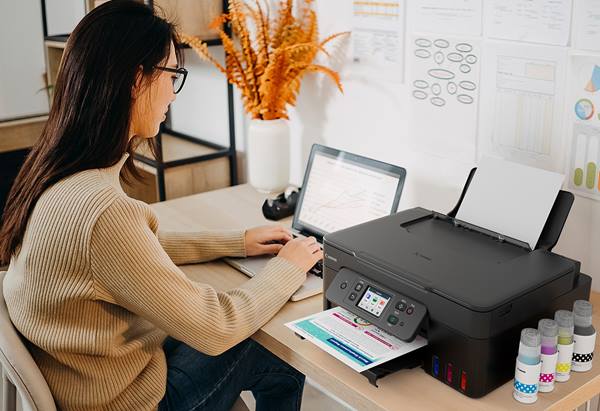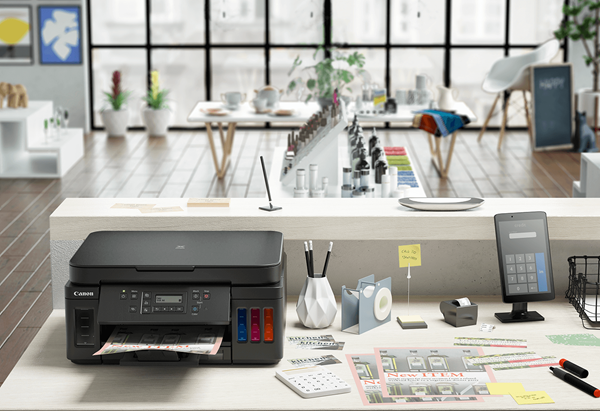- How to get kids to study efficiently
-
It’s not an easy task to get the message to your kids that study is super important. It’s on par with trying to convince them that brussels sprouts are delicious, sleep is essential, sugar rots your teeth and, if you stare at a screen for too long, your eyes will turn square.
While teachers recommend parents get their kids in the habit of studying from a young age, there’s much debate about how young is too young.
It was a question asked within a recent study by Stanford University in the US, which revealed that it is better for kids if they started studying later, rather than earlier. The study, which focused on Danish school children (who start school at the age of six), showed that kids starting their studies at the age of seven showed lower levels of inattention and hyperactivity.
Yet the digital age has turned everything upside down. In good ways and disturbing ways too. Parents are aware of the advantages and disadvantages of raising kids in the tech era.
Social media is filled with advice about how to get young people to stop staring at endless YouTube clips of skateboard tricks, cats behaving badly and half-naked Kardashians – but how do you get your kids to focus on technology when you need it most: study time?
Put simply: if technology and screen time is here to stay, how can parents use it to benefit their kids (for studying purposes) instead of purely for mindless entertainment? The answer might be a simple one.
More than 500 Australian high school and tertiary students were surveyed recently, with a finding that using the pen/pencil/paper combination from the ‘olden days’ is one way to get kids into good study habits. Why? For the simple reason, it takes them away from the distractions of the digital world. You’re not going to be tempted to google ‘weird rubbish left behind on Mount Everest’ if you’re not staring at your iPad in the first place.
One striking revelation is that four in five Australian students print out their work as a study aid.
The survey found 68 per cent of students find colour coding important, 62 per cent print their course notes, 45 per cent underline important information, 42 per cent hand write notes in the margin to remember important facts, and 31 per cent print images.
The overwhelming factor here is all about printing – it’s a lot easier to understand something if you can print it, scribble notes on it and make great use of those yellow fluoro textas every parent must buy at least twice a school term to underline the bits you need to remember.
So, what is the simple answer?
You might think you’ve already lost the battle against technology. But all is not lost. Once your child finds the information they want on their laptop/iPad, encourage them to print it.
Your child has tonnes of information to take in during the lead to up assignments, tests and exams. And they’re not going to be able to retain this information unless they write a lot of it down.
If you actually print their study notes, your child can have the paper before them, on which they can do what is not possible to do on technology – physically hold it in their hands, make use of notes, scribbles and highlighting. Study notes can be printed and blu-tacked onto bedroom walls to enhance the learning process.
The possibilities are endless and all roads lead to one solution: print the information first. In many ways, your battle against the rise of technology is both defeated and utilised at once. Printing is the easy solution; for note taking, helpful hints in the margins and highlighting - how else are students supposed to make great use of the fluoro highlighters every school seems to put on top of its ‘essentials’ lists in the weeks before the ‘back to school’ rush? (Just don’t tell your kids that study is fun, they’ll never believe that one. Not ever!)


How to Connect Your Canon PIXMA and MAXIFY Printer to Wi-Fi: Step-by-Step Guide

Does your printer drink too much ink? Follow our top tips to get the most our of your Canon printer with Genuine Canon Inks.

We’ve specially designed our Genuine Canon inks so that it functions seamlessly with your Canon printer. We want you to be confident about your purchase and know you’ll have a great experience, every time.